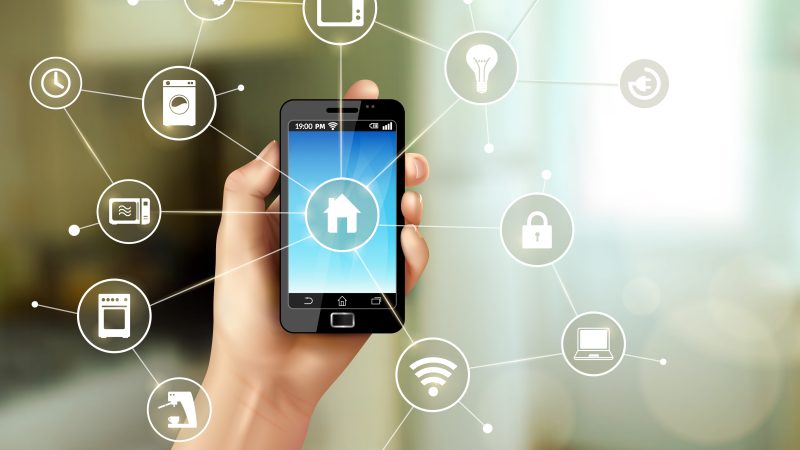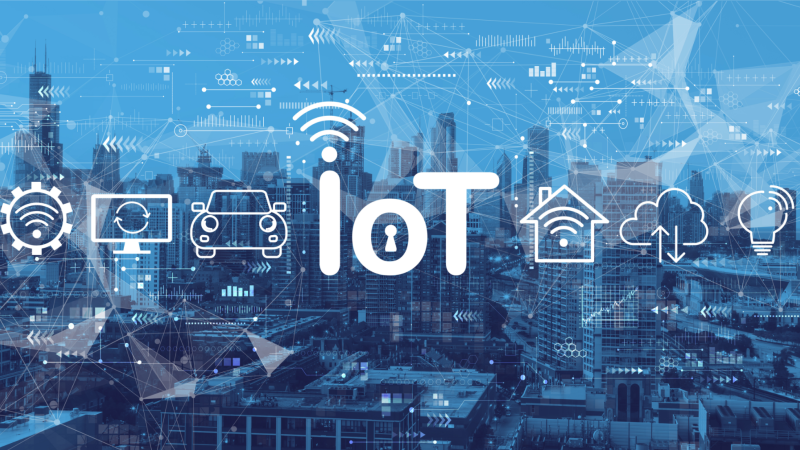IoT User Experience: 5 Things to Keep in Mind When Designing Medical Devices

Investments poured early into the user experience (UX) design can reduce the device’s time to market by 50%. Studies confirm the importance of UX-oriented design in all product development processes. Nowadays, the Internet of Things (IoT) medical devices are no exception, especially because errors resulting from these devices can severely harm patients.
According to Reportlinker, the global IoT market in healthcare is projected to grow from $72.5 billion in 2020 to $188.2 billion in 2025 at a CAGR of 21%. This means that an increasing number of devices will be produced by different manufacturers. If you want to stand out from the crowd, pay attention to your product’s user experience.
This article offers five tips to help you deliver a product that customers will use and love.
Why Design Matters
Healthcare is the fifth biggest industry in the US, but it ranks last out of 25 candidates for simplicity of experience according to the Siegal+Gale Global Simplicity Index.
For a long time, MedTech followed the waterfall approach to product development and focused on safety and technology, not on the user. If the vendor delivered the device on time and budget and with all the required functionality, the project was deemed a success.
Doug Dietz, Principal Design Thinker at GE Healthcare, adopted this approach while designing his CT scanner. The machine reported excellent diagnostics and this seemed enough, until Doug saw a young patient preparing to undergo a scan. The child was shaking with fear while observing the monstrous machine. This is how Doug described his feelings at that moment:
“I’ll be honest with you, when I looked at some of the things I did in product design, whether that’s designing a new CT or MR scanner, and then seeing these families going through this experience and struggling with that… I really felt like I failed at my job.”
Dietz attempted to understand what scared the child and how to enhance his scanner’s user experience. As a result, he came up with a child-friendly and rather unconventional CT scanner design. The image below is one variation of the Adventure Series of GE Healthcare CT scanners for kids.
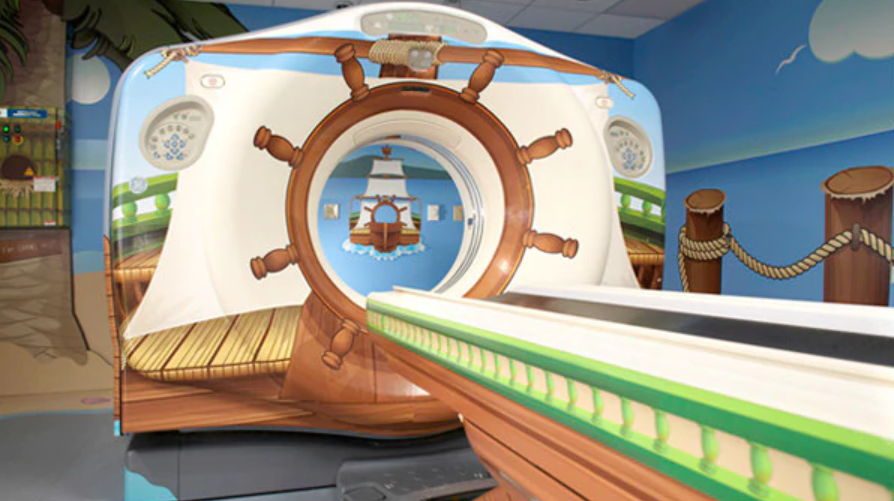
The FDA, the IoT, and Other Influencers
The attitude towards design started to change when the Food and Drug Administration (FDA) began to pay attention to usability in its guidelines. The FDA included a passage in its 2016 guidance regarding use error (which can be a direct result of a poor interface design):
“Use error: User action or lack of action that was different from that expected by the manufacturer and caused a result that (1) was different from the result expected by the user and (2) was not caused solely by device failure and (3) did or could result in harm.”
Another reason for embracing UX design is the increase of IoT applications in healthcare and beyond. Users are accustomed to the high usability of IoT devices from other fields and expect healthcare IoT devices to exhibit the same ease of use.
Poor design of IoT in medicine will not only upset the user but could also cause serious errors. According to studies, medical error is the third-leading cause of death in the US.
Before You Begin… Understand Your Customer
Many healthcare software development organizations today are looking to “disrupt” the market. But they seem to forget that they are “disrupting” the existing ecosystem of their target audience by offering a new product. Customers have an established way of achieving their goals. If you are proposing an innovative solution to their challenges, you better understand how it impacts their ecosystem.
One of the most effective ways of learning about users is observing them in their natural environment (ethnographic research). Other useful methods include organizing co-creation sessions and performing usability tests of new concepts.
If interacting directly with end-users is proven difficult, subject matter experts can act as proxies. They possess the domain knowledge of target customers and are aware of their settings. Even though direct interaction with end-users is preferable, corresponding with such proxies can also enrich healthcare IoT projects.
5 Design Tips That Will Make Your Product Appealing to Your Target Audience
Tip 1: Understand Users’ Needs
Even though your IoT health device solves a set of particular problems, it is best to consider the overall big picture. Why do users aim to address a specific need? What are the little needs within this larger need framework?
“Hitting those little needs, suddenly you are going to have a wow factor that users are just going to warm up to, and it’s going to be something the competition doesn’t have… users are going to gravitate towards this solution that provides something else.”
- Tom Kramer, President and CEO, Kablooe Design
Tip 2: Follow UX Design Trends
Traditionally, medical software lags behind when it comes to user experience due to its focus on safety or simple lack of competition. Today’s users have accustomed to high-quality visual trends thanks to the widespread of smartphones. They expect more from their IoT healthcare devices and might not be willing to settle for a basic design.
Here are some of the prominent design trends to watch for:
- High-quality on-screen animation: you don’t need to use animation in abundance in your medical devices. For example, you can employ microinteractions—simple, animated graphics that convey meaning. They present an elegant way of guiding users through the software while being engaging and welcoming.
- Voice commands: IoT in the medical field aims to reduce errors. Voice-based interaction allows users to navigate the user interface hands-free and it minimizes typing errors.
- Neumorphism: you can use this modern design style that combines a more straightforward flat visual design with texture elements. It relies mostly on pale colors close to white, such as beige and light gray. Textured features appear as if they are rendered from clay.
Tip 3: Offer Convenience
When designing healthcare Internet of Things devices, keep user convenience in mind. Give them the freedom to customize their home screen, and include a “favorites” section. Implement auto-saving, especially when designing devices for busy clinicians who are often interrupted. Offer data sharing options between the patient and the doctor and among medical team members. Finally, minimize manual data entry and implement automatic data population. For example, your device’s data can automatically transfer to the patient’s electronic health records.
Tip 4: Add Design Review Iterations
A picture is worth a thousand words. This proverb is useful for designing IoT devices for medical applications. It is best to present your design to potential customers and investors in the form of a mockup, rather than a speech or a report. Organize several design review sessions, one after each design process (e.g., concept design development, validation, verification, etc.) if possible. Such iterations will allow your audience to voice any concern they have and will help you remain on track by avoiding misunderstandings in later stages.
Tip 5: Connect with Your Users on the Emotional Level
People are emotional beings. Around a half of the customer experience with a brand relies on emotions. You can benefit from that while designing your medical IoT.
There are several psychological theories that you can employ to connect on the emotional level. For example, you can use Maslow’s theory of human needs as a reference. This model arranges human needs into a hierarchy and claims that people are looking first to satisfy the needs located at the bottom of the pyramid and then move towards the top. The needs are physiological, safety, belongingness, esteem, and self-actualization (arranged from bottom up). Apple is one example of a company that successfully appeals to all the five needs in their products.
To make sure that your product resonates with the customers’ emotions, you can present your design using mood boards. It’s a digital (or physical) collage of design elements, such as icons, text, and images, which helps to gauge stakeholders’/customers’ emotional reactions to your presentation.
Get Inspired by the MDEAs Winning Medical Devices
There are many examples of Internet of Things devices in healthcare. For inspiration, you can check the winners of Medical Design Excellence Awards (MDEAs).
iLux Device by Tear Film Innovations Inc.
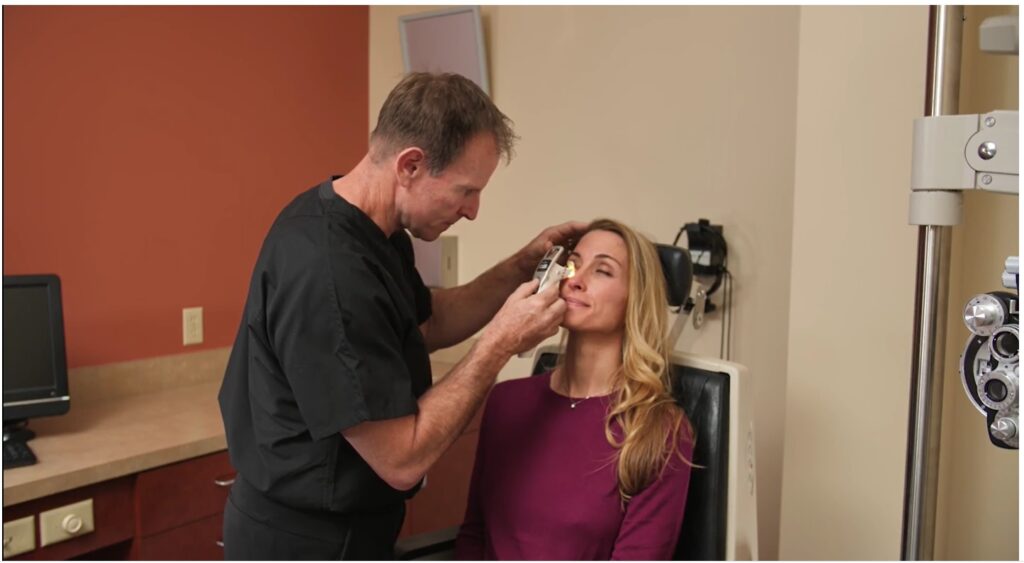
Doctors use this device to treat patients with Meibomian Gland Dysfunction (MGD), which causes dry eye disease. Meibomian glands are located in the upper and lower eyelids. They produce oil, which prevents the tears’ quick evaporation. In MGD patients, these glands are blocked. The iLux Device can clear the glands by applying light-based heat and pressure.
Elvie Pump by Elvie
This device is a wearable breast pump. It allows mothers to pump anytime while working, playing with the kids, or taking time for themselves.
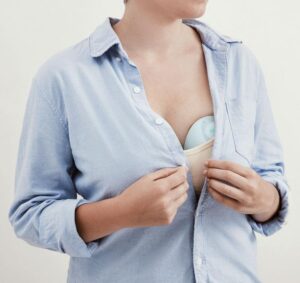
Lumin Bullet by 3B Medical, Inc.
This device cleans CPAP hoses using light within the ultraviolet spectrum, killing biological microorganisms, such as bacteria and viruses.
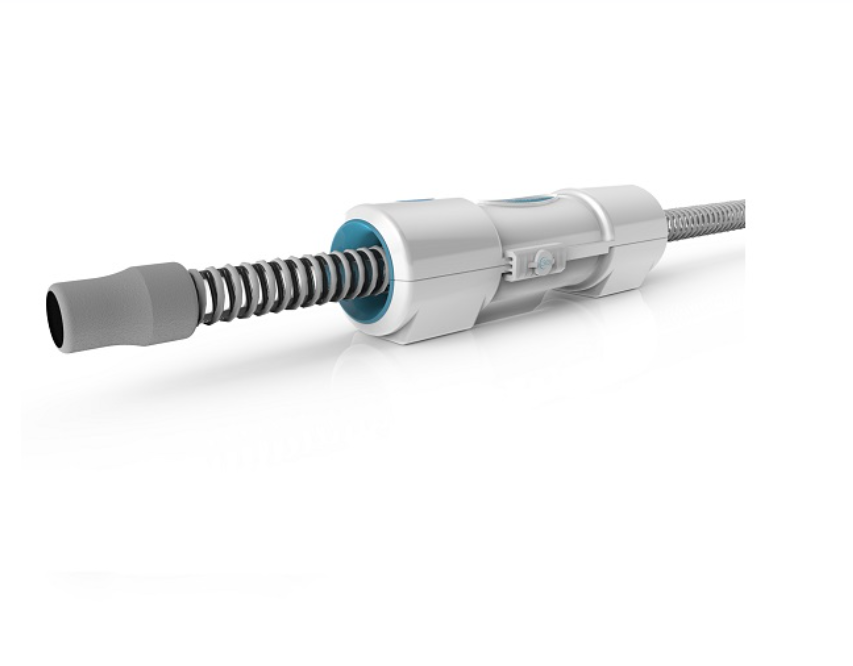
Don’t Forget to Talk to All Parties Involved
When designing smart devices for hospitals or in-house usage, understanding the end-user is crucial. However, this is not the only party the UI designer should listen to. It is best to include the following participants in your discussion:
- Developers will inform you of the technical constraints enforced by the available hardware
- Product managers may require specific features that are important from the market research perspective
- Regulatory experts will make recommendations on how to comply with the FDA guidelines and other standards
In the end, you will weigh all the requirements you gathered from different stakeholders, resolve any contradictions, and balance that to create a product, which appeals to end-users.

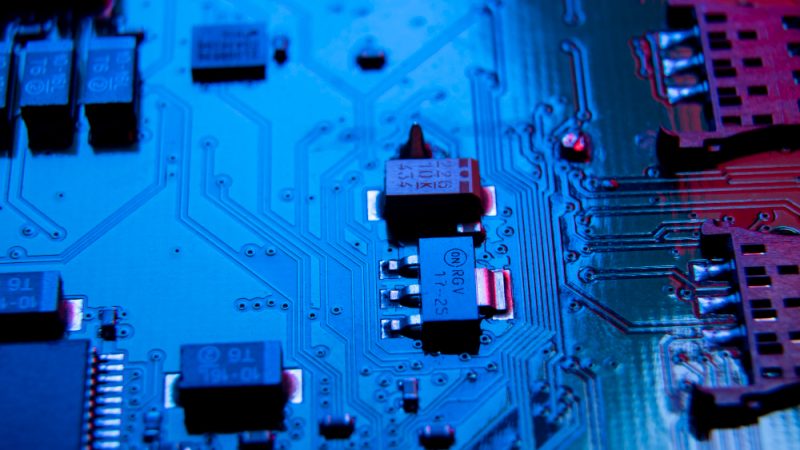
![Putlocker Proxy | Putlocker online Alternatives Sites [100% Working] Updated List](https://technonguide.com/wp-content/uploads/2020/07/putlocker-800x450.jpg)
